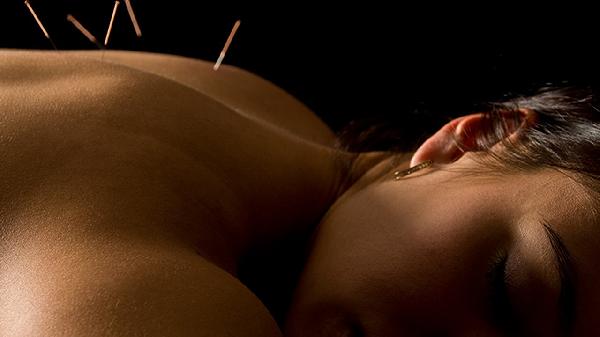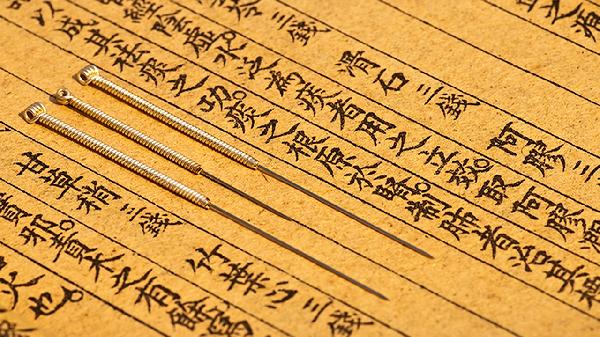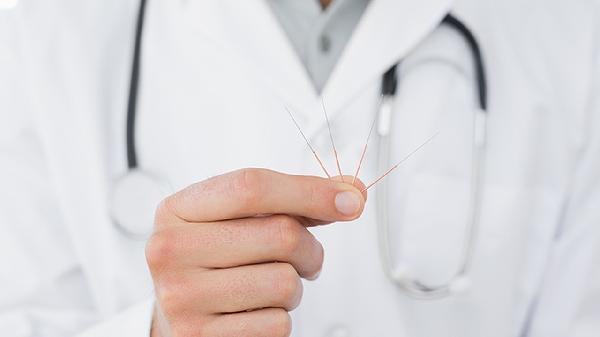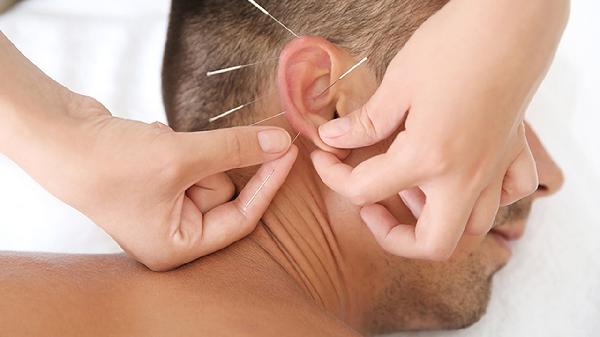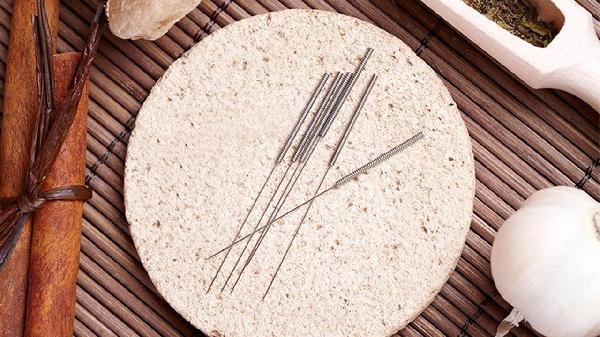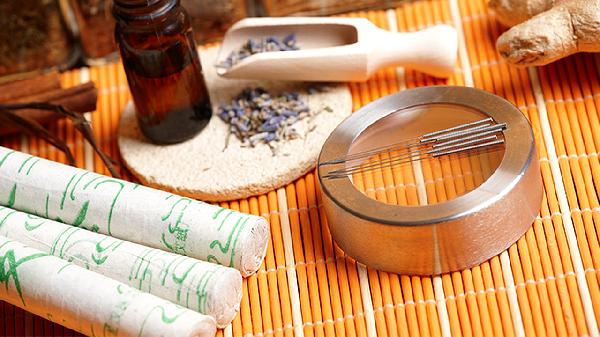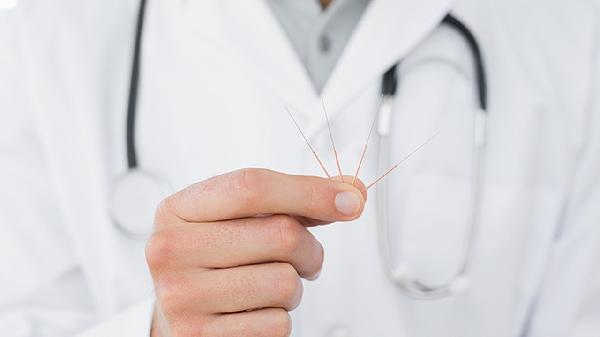Dry needling and acupuncture are both therapeutic techniques that involve inserting thin needles into the body, but they differ significantly in their origins, principles, and applications. Dry needling is rooted in Western medicine and targets muscular trigger points to relieve pain and improve mobility, while acupuncture is based on Traditional Chinese Medicine (TCM) and focuses on balancing the body’s energy flow (qi) through specific meridian points. Understanding these differences can help you choose the right treatment for your needs.
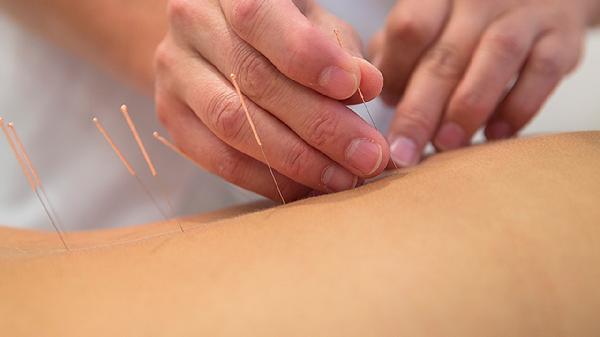
Origins and Philosophical Foundations
Dry needling is a modern technique derived from Western medical practices, particularly myofascial trigger point theory. It aims to release tight muscle bands and alleviate pain by directly targeting areas of muscle tension or dysfunction. Acupuncture, on the other hand, has been practiced for thousands of years in China and is grounded in the concept of qi, the vital energy that flows through meridians in the body. Acupuncture seeks to restore balance and harmony within these energy pathways to promote overall health.
Techniques and Tools
Both dry needling and acupuncture use thin, sterile needles, but the insertion techniques and target areas differ. Dry needling involves inserting needles directly into trigger points or tight muscle knots to release tension and improve blood flow. The needles may be moved in and out of the muscle to elicit a twitch response, which helps relax the muscle. Acupuncture needles are inserted at specific points along meridians, often with minimal movement, to influence the flow of qi. The depth and angle of insertion vary depending on the treatment goal and the practitioner’s training.
Conditions Treated
Dry needling is primarily used to address musculoskeletal pain and dysfunction, such as chronic back pain, neck pain, shoulder tension, and sports injuries. It is particularly effective for conditions involving myofascial trigger points or muscle tightness. Acupuncture, while also used for pain relief, has a broader scope of application. It is commonly used to treat conditions like migraines, digestive disorders, anxiety, insomnia, and even infertility. Acupuncture’s holistic approach aims to address both physical and emotional imbalances.
Training and Certification
Practitioners of dry needling are typically physical therapists, chiropractors, or medical doctors who have undergone specialized training in this technique. Certification requirements vary by region, but the focus is on understanding anatomy, trigger points, and safe needle insertion practices. Acupuncturists, on the other hand, undergo extensive training in TCM principles, meridian theory, and acupuncture techniques. In many countries, acupuncturists must be licensed or certified to practice, ensuring they meet specific educational and professional standards.
Treatment Experience
The experience of receiving dry needling and acupuncture can differ significantly. Dry needling often involves a more localized and intense sensation, especially when targeting trigger points. Patients may feel a twitch or deep ache as the muscle releases. Acupuncture, in contrast, is generally described as a more subtle and relaxing experience. Patients may feel a mild tingling or warmth at the needle site, but the overall sensation is often calming and therapeutic.
Safety and Side Effects
Both dry needling and acupuncture are considered safe when performed by trained professionals. However, there are potential side effects to be aware of. Dry needling may cause temporary soreness, bruising, or muscle fatigue at the treatment site. Acupuncture may lead to minor bleeding, bruising, or dizziness, though these effects are typically mild and short-lived. It’s important to discuss any concerns with your practitioner and ensure they are qualified to perform the procedure.
Choosing the Right Treatment
Deciding between dry needling and acupuncture depends on your specific condition and treatment goals. If you’re dealing with localized muscle pain or tension, dry needling may provide targeted relief. For a more holistic approach to health and wellness, acupuncture could be the better choice. Consulting with a qualified practitioner can help you determine which technique is most appropriate for your needs.
Integrating Both Techniques
In some cases, dry needling and acupuncture can be used together to enhance treatment outcomes. For example, a patient with chronic pain may benefit from dry needling to release muscle tension and acupuncture to address underlying imbalances in energy flow. Integrating these techniques requires collaboration between practitioners and a personalized treatment plan tailored to the patient’s unique needs.
Conclusion
Both dry needling and acupuncture offer valuable therapeutic benefits, but they approach healing from different perspectives. Dry needling focuses on relieving muscle pain and dysfunction through targeted techniques, while acupuncture seeks to restore balance and promote overall well-being through the flow of qi. Understanding these differences can empower you to make informed decisions about your health and wellness journey. Always consult with a qualified practitioner to ensure you receive safe and effective care tailored to your individual needs.
